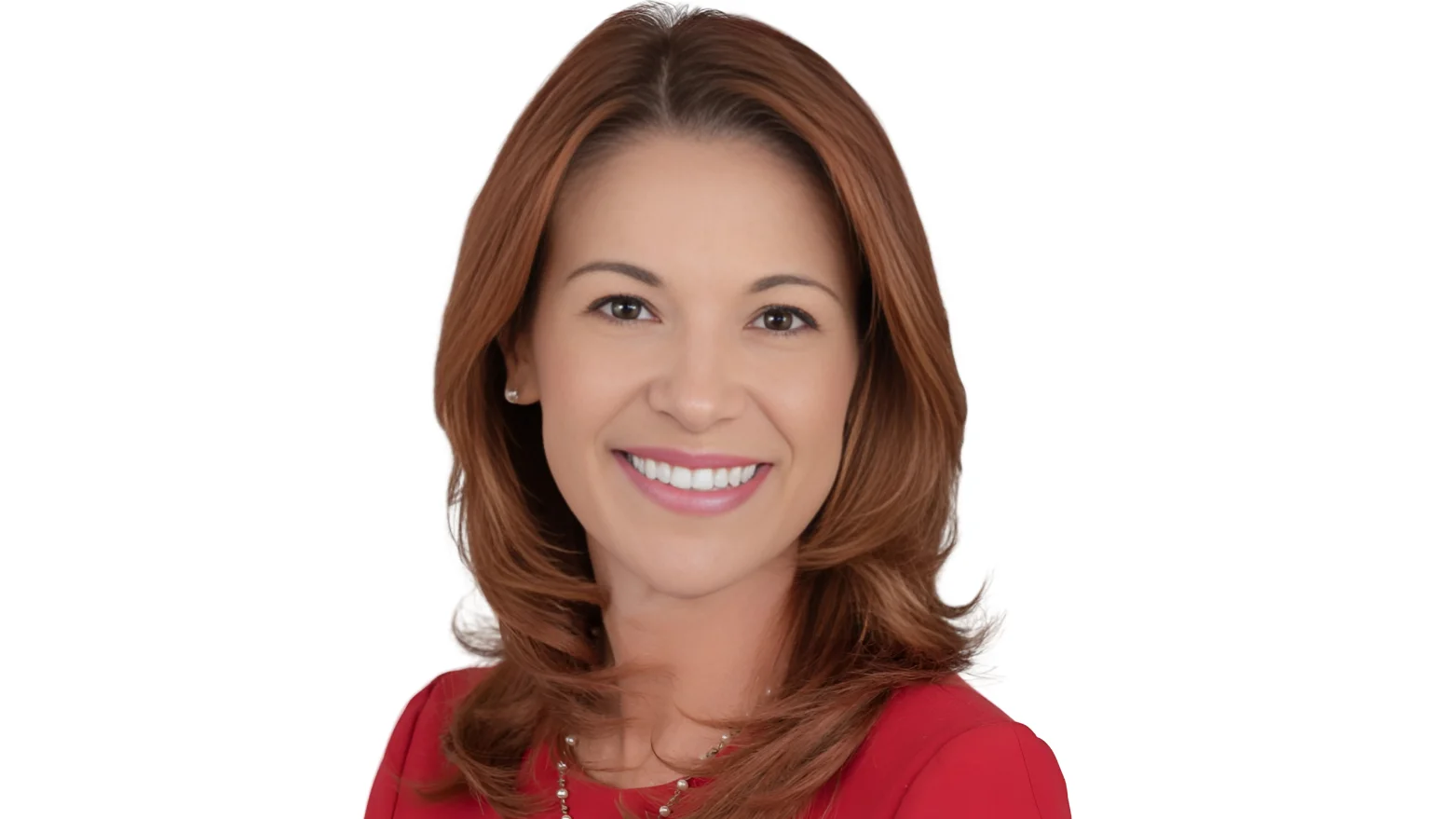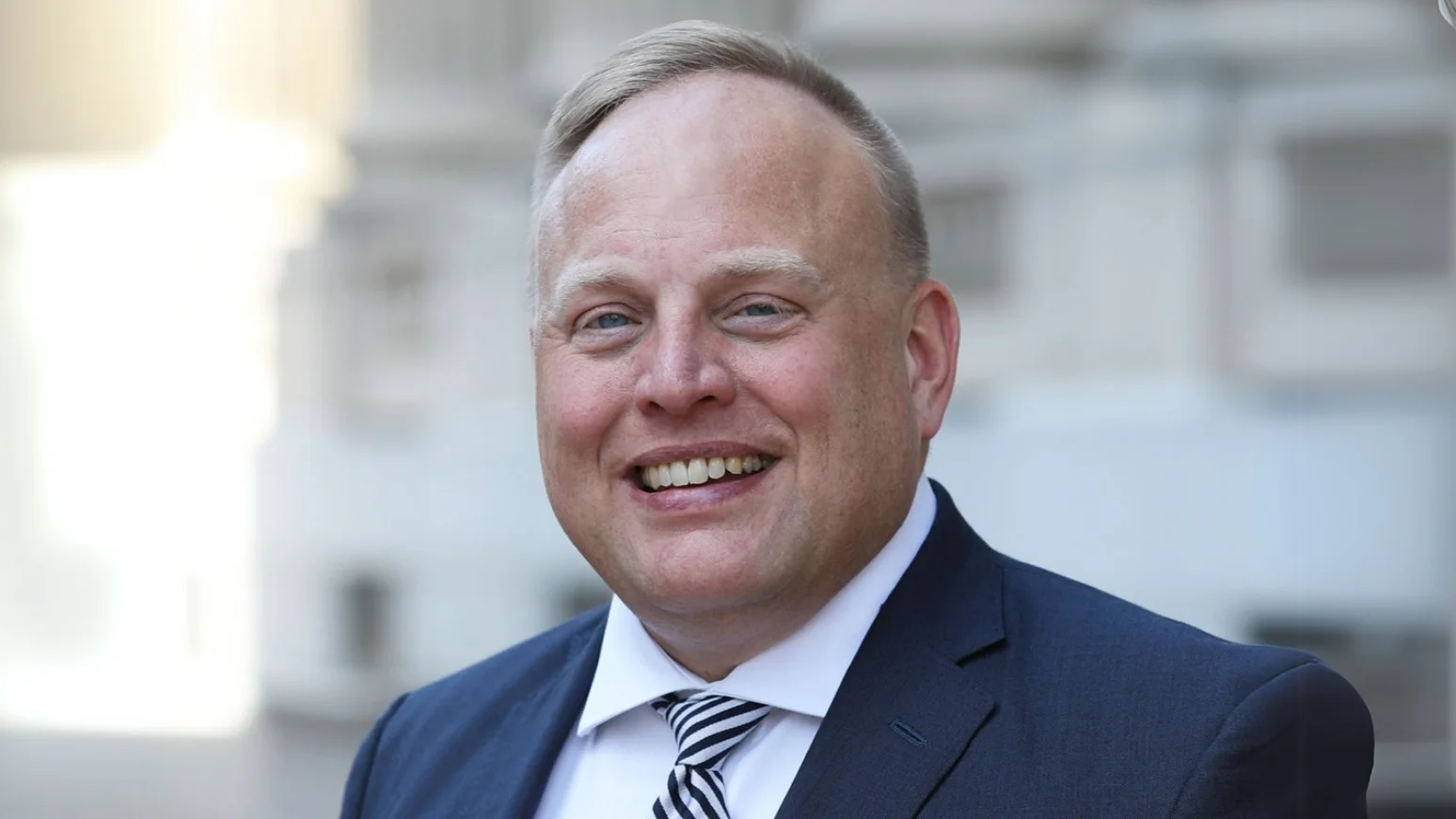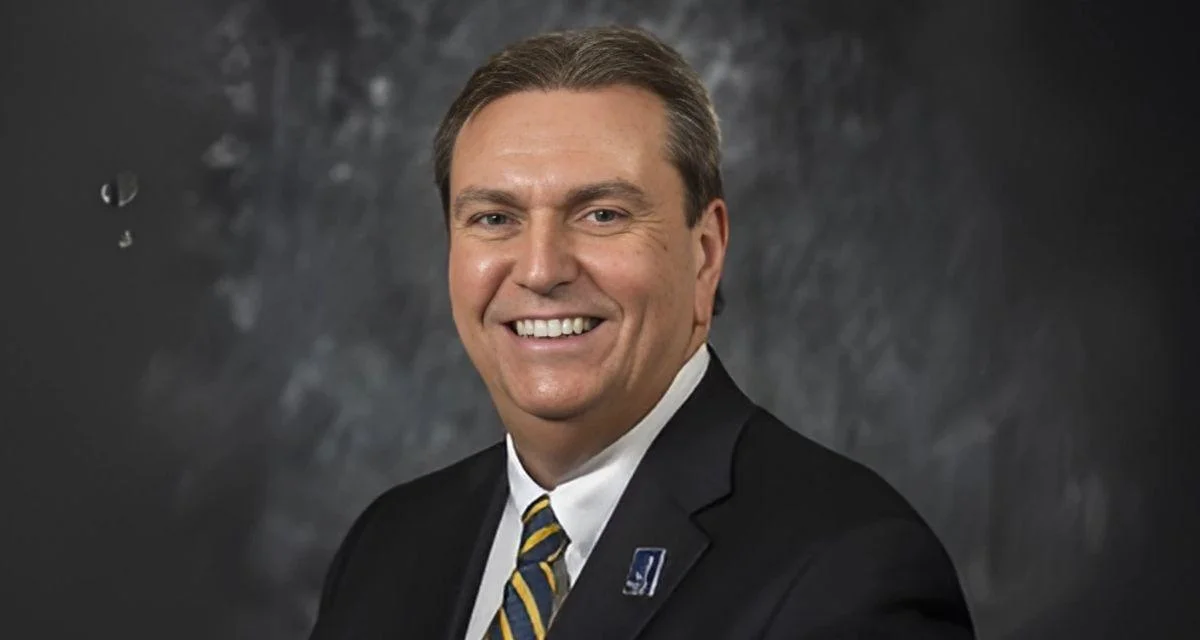
Starlee Coleman President & CEO | National Alliance for Public Charter Schools
The U.S. Department of Education has announced the recipients of the 2025 Charter Schools Program (CSP) grants, reflecting a significant increase in interest for public charter schools. The number of applications doubled compared to previous cycles, which the department attributes to growing demand for educational options that prepare students for real-world success.
The CSP is the federal government’s main funding source dedicated to establishing and expanding high-quality public charter schools. Although it represents less than 2 percent of total federal K-12 spending, nearly half of all charter schools nationwide received support from this program when they opened. Over one million students currently attend CSP-funded schools. Studies by the Fordham Institute and Progressive Policy Institute in 2024 found that increased charter school presence in a region leads to improved academic outcomes for all public school students.
“Families are speaking loud and clear: they want more public school options with student-centered learning that prepares children with real-world skills for life success,” said Starlee Coleman, President and CEO of the National Alliance for Public Charter Schools. “This year’s increase in applicants proves that educators are ready to deliver. With continued investment and flexibility, the CSP can meet rising parent demand and launch the next generation of great public schools.”
Awards were made under six grant categories: State Entity, Charter School Management Organization (CMO), Developer, State Facilities Incentive, Credit Enhancement, and Model Development and Dissemination grants. Additional supplemental funding was provided to existing State Entity grantees to address increased demand.
State Entity Grants will provide $293.7 million over five years to six states for replicating and expanding high-quality charter schools. CMO Grants total $263 million over five years to 22 organizations aiming to replicate or expand 147 high-quality schools—the largest amount ever awarded in this category. Model Development and Dissemination Grants will distribute $27.6 million over five years among 12 groups developing resources for charter founders and authorizers.
Developer Grants will allocate $10.7 million—three times last year’s amount—to seven grantees supporting new or expanding schools in states without a CSP State Entity grant. State Facilities Incentive Grants will provide $126 million over five years—the largest facilities awards yet—to three recipients helping states create per-pupil facilities aid programs.
Credit Enhancement Grants reach $95.4 million over five years across five grantees, marking the highest total in a decade; these funds help acquire or renovate school facilities. Supplemental Funding totaling $51.7 million was awarded primarily for civics education, career and technical education (CTE), STEM fields, literacy initiatives, and tutoring programs.
During National Charter Schools Week earlier this year, Secretary McMahon announced an increase of $60 million in CSP funding for fiscal year 2025—raising its appropriation to $500 million after six years without an increase. Despite this boost, charter school enrollment is nearing four million students nationwide, with demand still exceeding supply levels.
The National Alliance has urged Congress to further strengthen the program by reducing administrative barriers and ensuring faster delivery of funds directly into classrooms.
“We are grateful to the Trump administration, Secretary McMahon, and the Department of Education for giving educators needed resources to expand high-quality public school options,” Coleman said. “From scaling proven models to financing safe buildings, the CSP delivers the public schools families want and equips students with the skills they need to succeed.”
Recipients span several states and organizations across different grant categories:
- State Entity Grants: Opportunity 180 (Nevada), Department of Education Iowa, Ohio Department of Education, Arkansas Public School Resource Center, North Carolina Alliance for Public Charter Schools, Alabama Public Charter School Commission.
- Model Development & Dissemination: United Cerebral Palsy of Central Florida; Zeta Charter Schools; The Institute for Excellence in Education; among others.
- CMO Grants: The Academies of Oklahoma; Achievement First; KIPP Foundation with KIPP Regions; Success Academy Charter Schools; Urban Dove; Zeta Charter Schools.
- Developer Grants: Caribbean Global School; I.T. Ed Research Institute; Kenaitze Indian Tribe; Patriot Preparatory Academy.
- State Facilities Incentive: Texas Education Agency; Indiana Department of Education; Ohio Department of Education & Workforce.
- Credit Enhancement: Local Initiatives Support Corporation; Building Charters Fund; New Schools for Alabama.
- Supplemental Funding goes toward current state entity grantees focusing on civics education as well as other key subject areas.
Charter schools now represent about 8 percent of all U.S. public schools—educating roughly 3.8 million students—with two-thirds coming from low-income or minority backgrounds.





 Alerts Sign-up
Alerts Sign-up